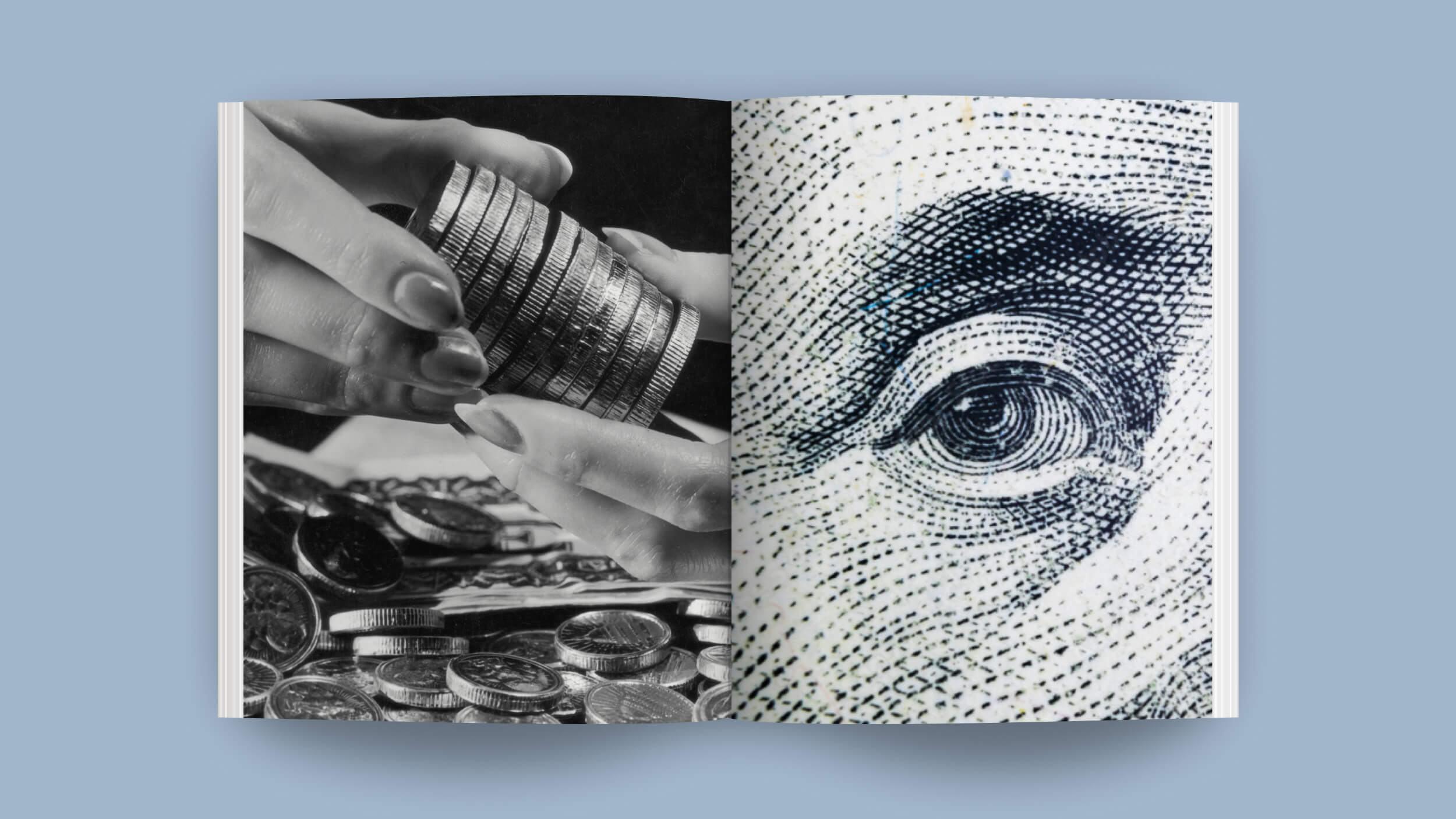Your finger is farther from your nose than your brain. So when your finger touches your nose, why do both organs feel the sensation at the same time?
Question: How and why does “the speed of thought” vary across the brain?
Carl Zimmer: We tend to think of our experience as just sort of happening to us instantaneously, so I don’t think when I talk to someone that they are across the room and therefore there is a certain amount of time that it takes for me to hear what they’re saying. We just think that everything happens in real time, but you know the fact is that we perceive the world through this organ the brain and it works a lot… kind of like a telegraph, so if you were to send a message to somebody with a telegraph and you started tapping out your message they’re not going to get the message immediately. It’s going to take time for all those dots and dashes to make their way down the wire and get to the other end. We have wiring in our own brains. We have neurons, which work a lot like telegraph wires in some ways. They actually use kind of a biological set of dots and dashes. They have little spikes of voltage that we use to process information, so you know if I see something it takes awhile for it to get from my eye into my brain and then it takes awhile for it to spread to different parts of the brain and then for that information to get integrated in lots of different ways.
The way that you can think about this really vividly was brought home to me once when I was talking to a neuroscientist named Michael de Zuniga, and he just basically, all he did was, he took his finger and he stuck it on his nose and he said, “You know it’s interesting is that you feel your finger touching your nose and you feel your nose touching your finger at the same time, but the fact is that the signal from your fingertip had a lot longer to go than the signal from your nose and yet they got to your brain and it felt like it was happening at the same time.” So your thoughts have this speed and your brain has to… your brain had to deal with that speed, had to deal with that delay. Now you might think well you know we should just have brains that work as fast as possible, so we should just have you know fast neurons and just to speed everything up you know because time is money, because you know your survival might depend on a fast signal. There is a problem though is that speeding up these signals doesn’t come for free, so one strategy that we have evolved for fast thought as it were is to insulate our neurons and this is actually you know something that is used a lot in engineering. I mean if you don’t want a signal to dissipate out of a wire you want to insulate it. We insulate our neurons with sort of fatty molecules, like myelin. Another thing you can do is you can actually take another trick that telegraph engineers first developed which is to make your neurons thick, so signals will go through a fast wire… I’m sorry. Signals will go through a fat wire quickly faster than a thinner wire. Now the problem is that insulating your neurons and making them fat is a big cost. It takes a lot of energy to do that, energy you could be using for other things and not only that, but you know your brain is a pretty tightly packed place. If you were to you know double or triple the width of your neurons your head might not be able to fit through a doorway. So evolution has come up with these wonderful optimizing tradeoffs. Our signals work quickly in some neurons and slower in others. We have sort of found this nice balance to speed it up as fast as possible without making the cost too high and the fact is that you know when I put my nose… touch my finger to my nose I actually don’t want the signal from my nose to go too fast. I actually want the timing to make everything seem to be happening at once, so actually sometimes you need to slow thought down a little bit in order for the world to make any sense.
Recorded on January 6, 2010
Interviewed by Austin Allen





